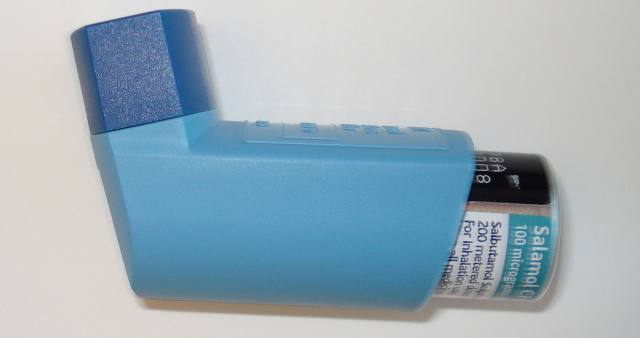We always welcome a Letter to the Editor to share with our readers. This one from Tony Cawley questions the actions of the Isle of Wight council over proposed asphalt and biomass plants. Ed
The Isle of Wight has a very high rate of asthma and COPD (Chronic obstructive pulmonary disease), about one third higher than the national average.
These figures are based on Freedom of Information data from St. Mary’s Hospital and figures published by the IOW’s Joint Strategic Needs Assessment 2011.
The public want answers
Given that these illnesses can be largely attributed to air purity, the public are entitled to ask why the Isle of Wight Council is not taking a robust stand against the introduction of what I consider to be pollution generating projects along the Medina River.
These include the Eurovia asphalt plant and road stone recycling plant, the proposed biomass incinerators for a power station and a biomass grain drying plant.
Now we learn that a further source of air pollution is proposed in the form of a digestion plant creating and burning methane gas; surplus gas would be burned off with an open flame. (Anyone old enough to remember the Fawley Flame and the appalling emissions connected with that?)
Fine particulates found to affect human health
All these plants will emit fine particulates which can carry very long distances and remain airborne. They have been proven to cause not only respiratory diseases, but also increase mortality rates particularly amongst the very old and very young.
They enter deeply into the lungs and can carry associated chemicals into the bloodstream – it is thought that they may be able to cross the brain blood barrier to have a direct affect on the functioning of the brain.
The World Health Organisation and our own UK COMEAP (Committee on the Medical Effects of Air Pollutants) have clearly stated that there is no level at which this pollution does not affect human health.
COMEAP have even published research statistics directly relating increases in fine particulates to increases in mortality, (the figures are available on the COMEAP website). The NPPF (National Planning Policy Framework) states that any potentially polluting project should be considered from the point of view of its cumulative local effect on air purity.
Why are council ignoring this?
One has to ask if the IOW Council has chosen to ignore this. They apparently have never actually measured air quality in the area concerned, so arriving at a cumulative figure may be quite challenging.
Since the Council have the oversight of all these projects, it must surely be their responsibility to realistically review the cumulative effect of all these subsidy seeking projects on Cowes and the other nearby areas.
Prevailing winds will carry all these damaging fine particulates down to a heavily populated area.
Time for a clear explanation from council
In the event that this letter is published, will this information be dismissed once again as “scaremongering”?
It is time we had a clear explanation from the Council leaders explaining their policy on air purity and how they intend to deal with EU regulations limiting the emission of fine particulates and the clear clinical warnings from authoritative sources such as COMEAP.
They should be working to protect our interests and the long term health of future Island citizens.
References
Health effects of fine particulates




